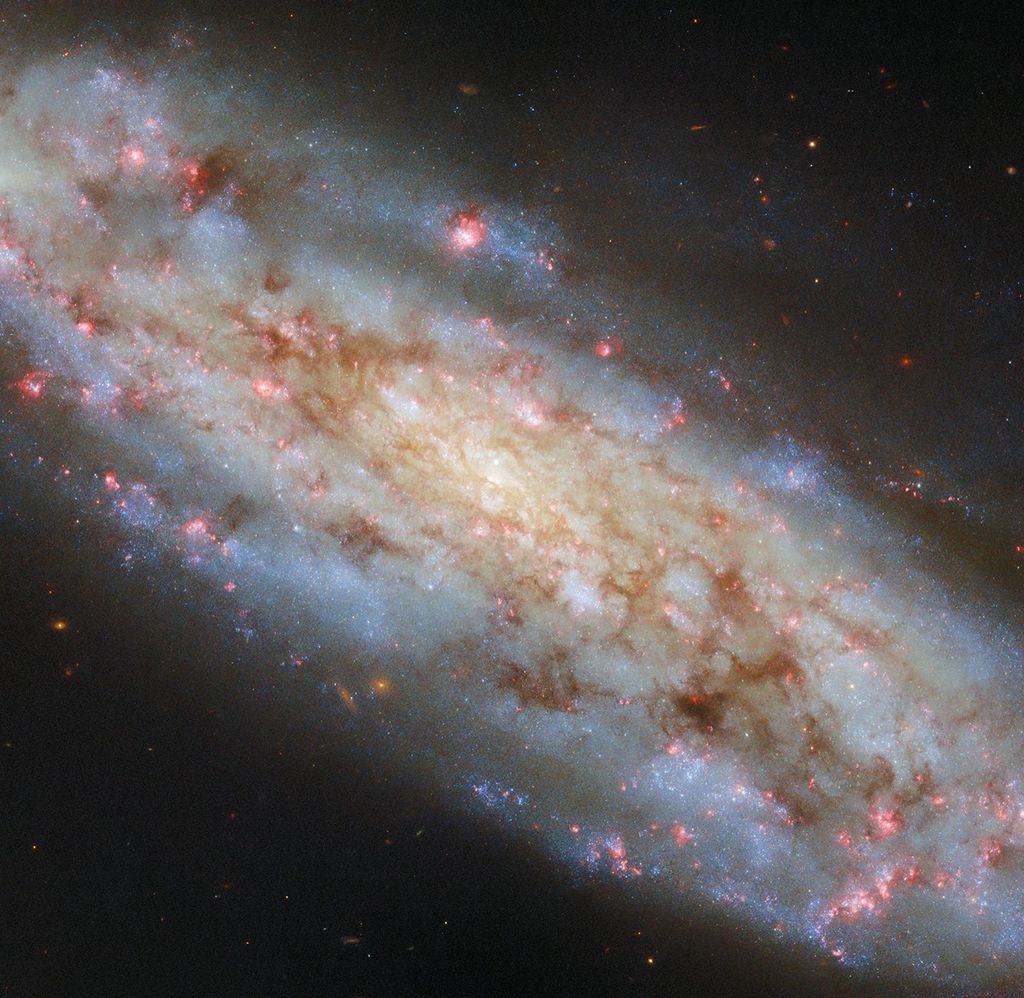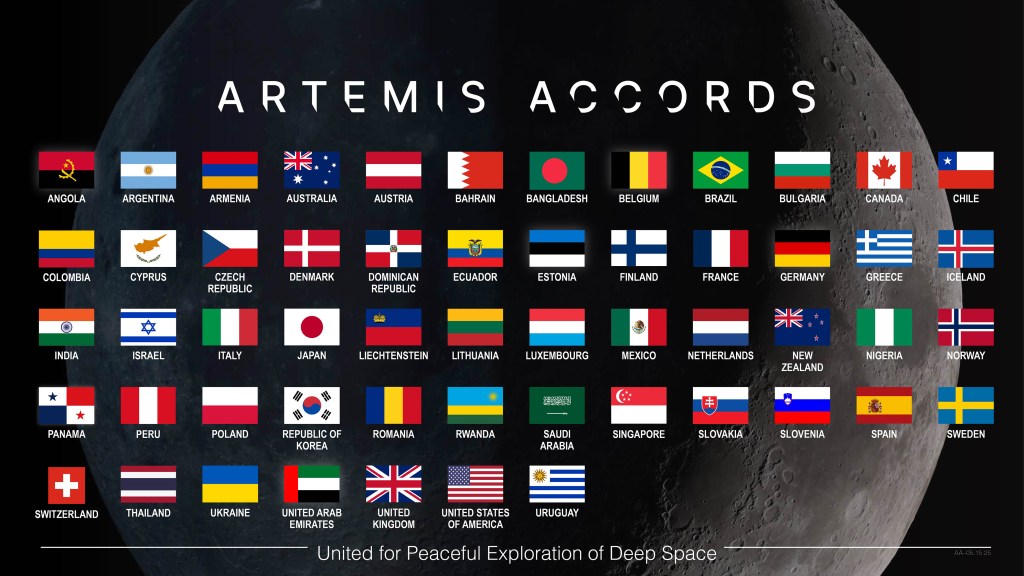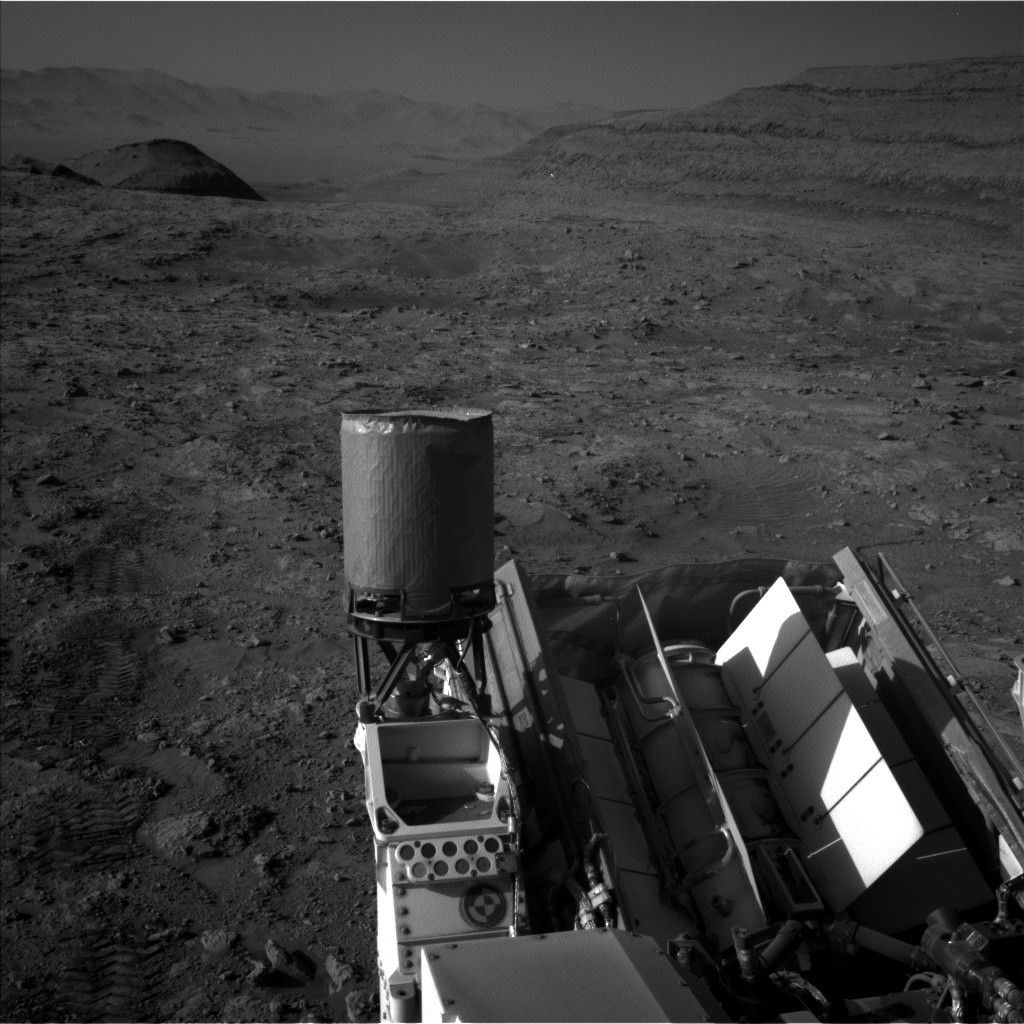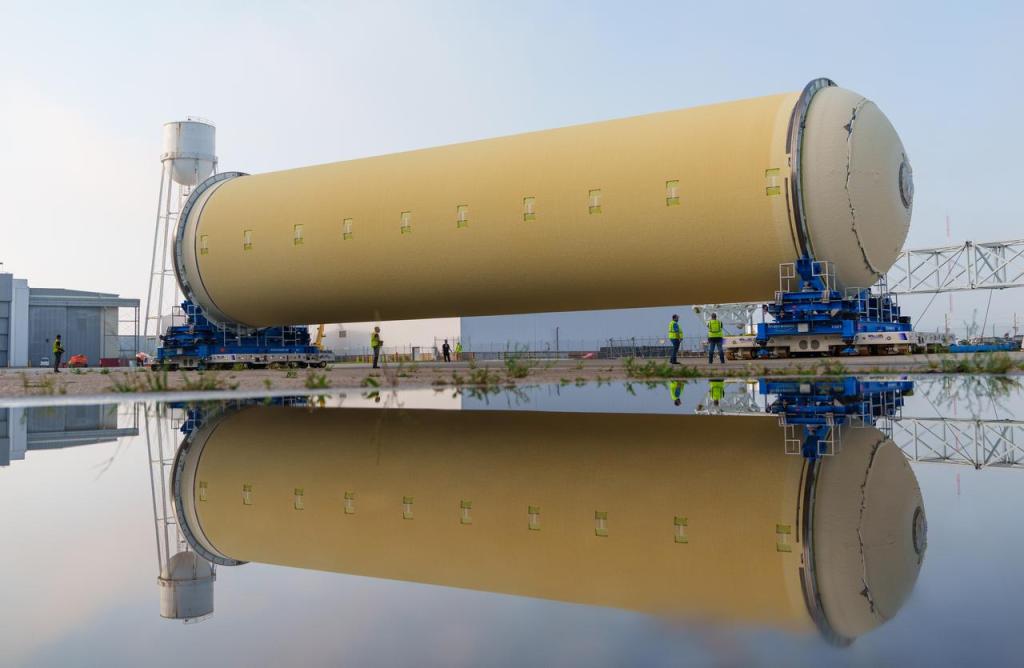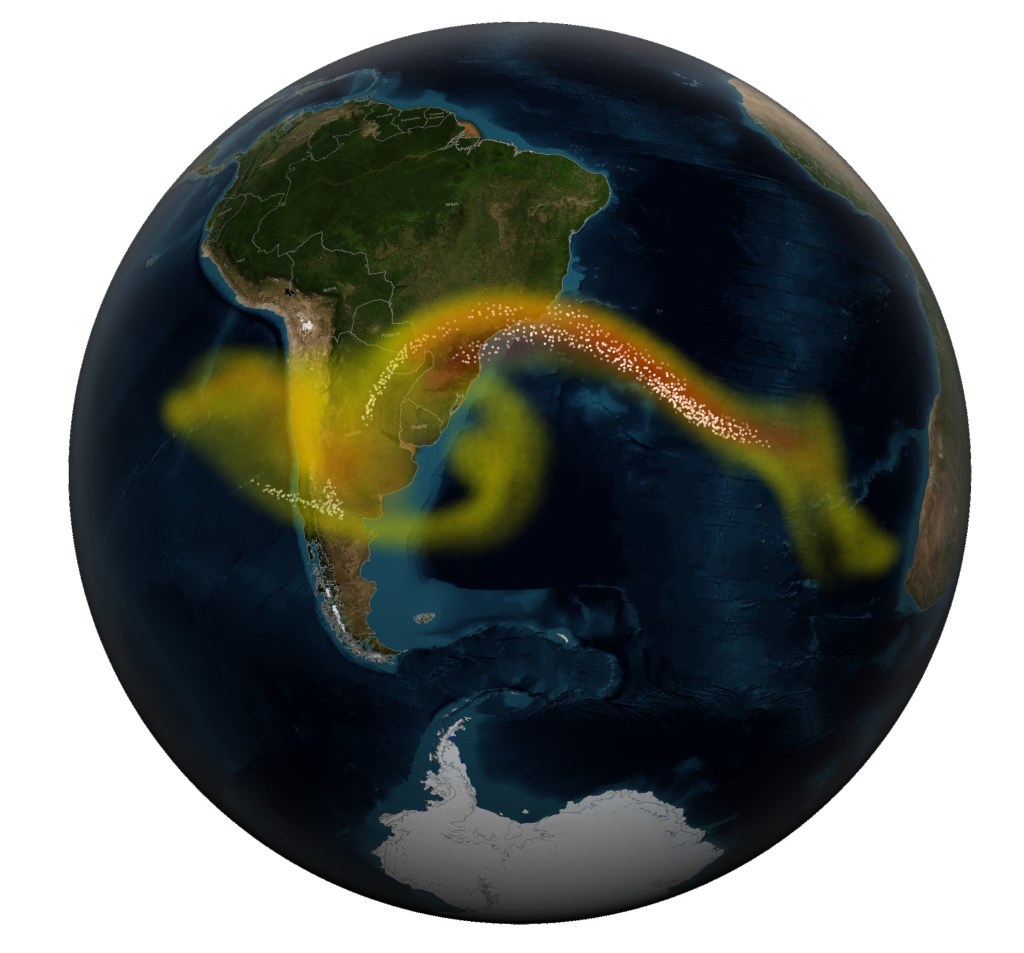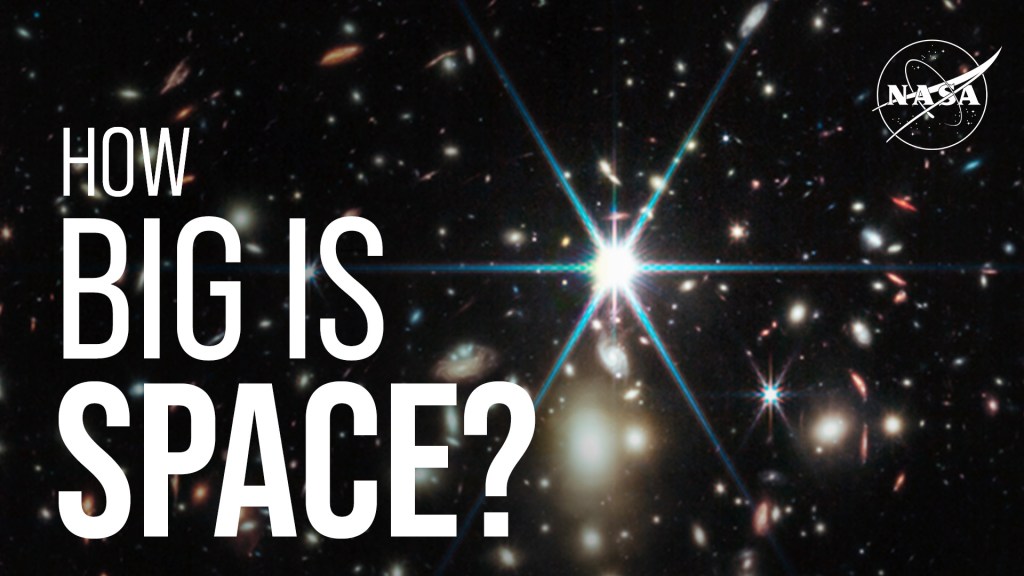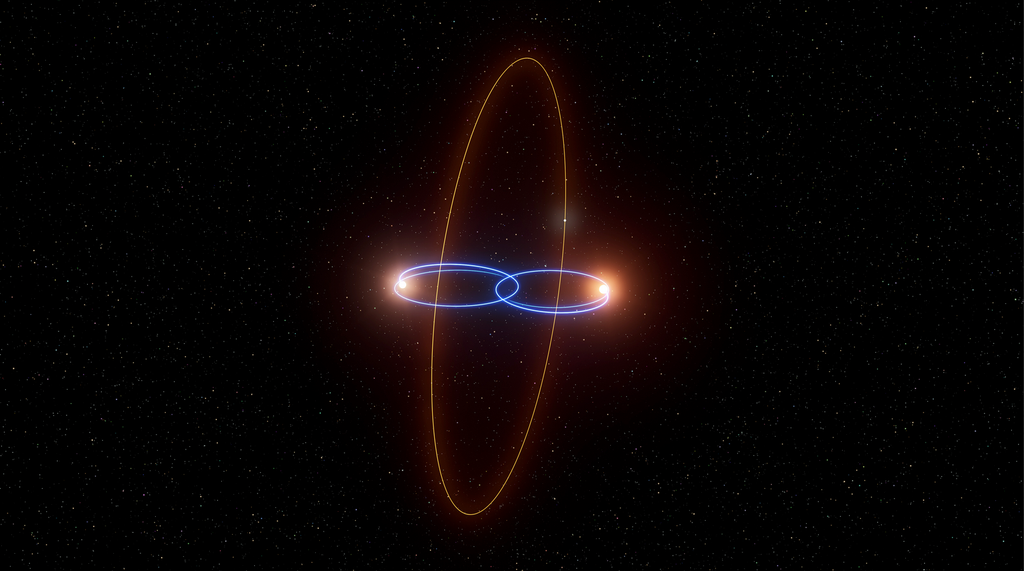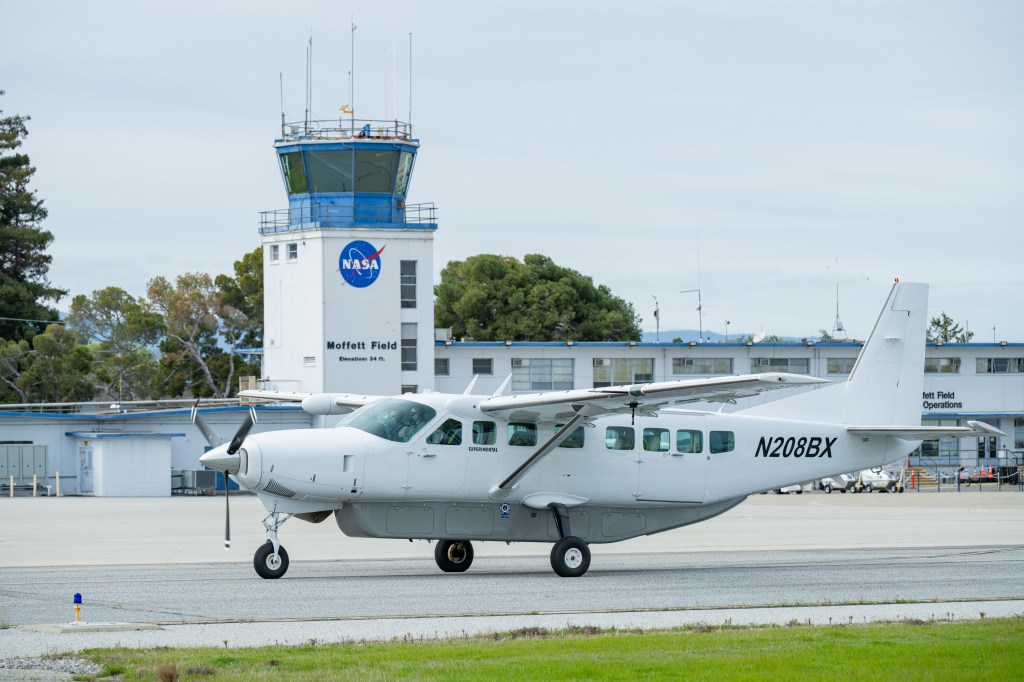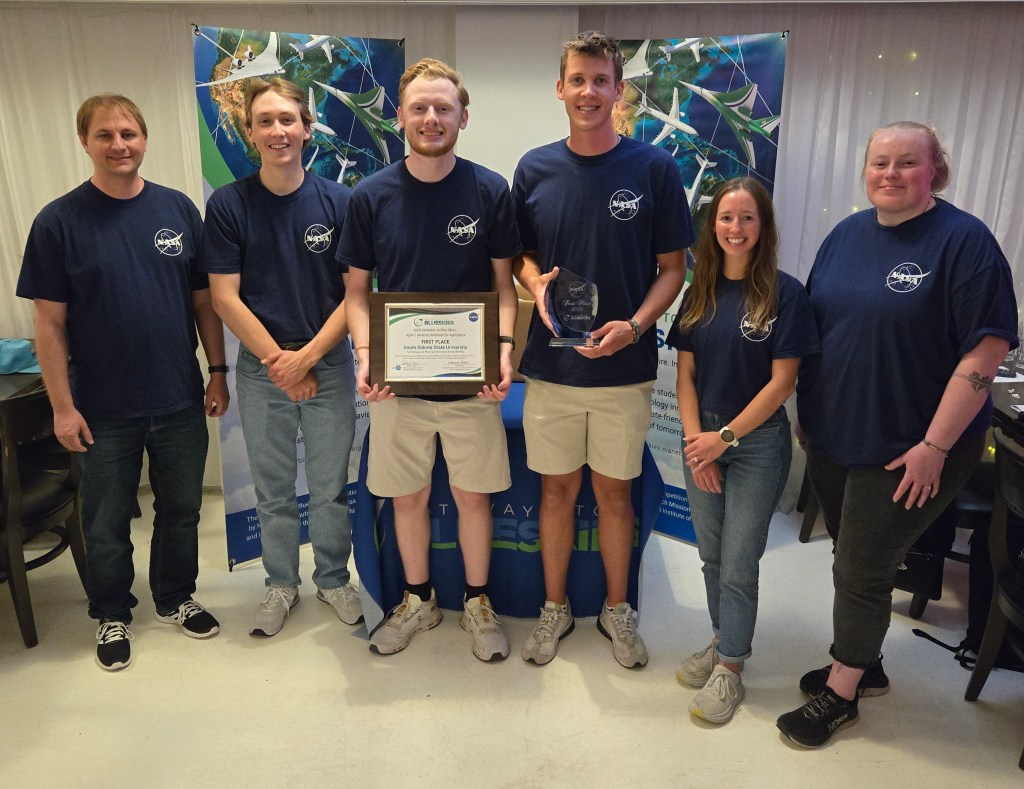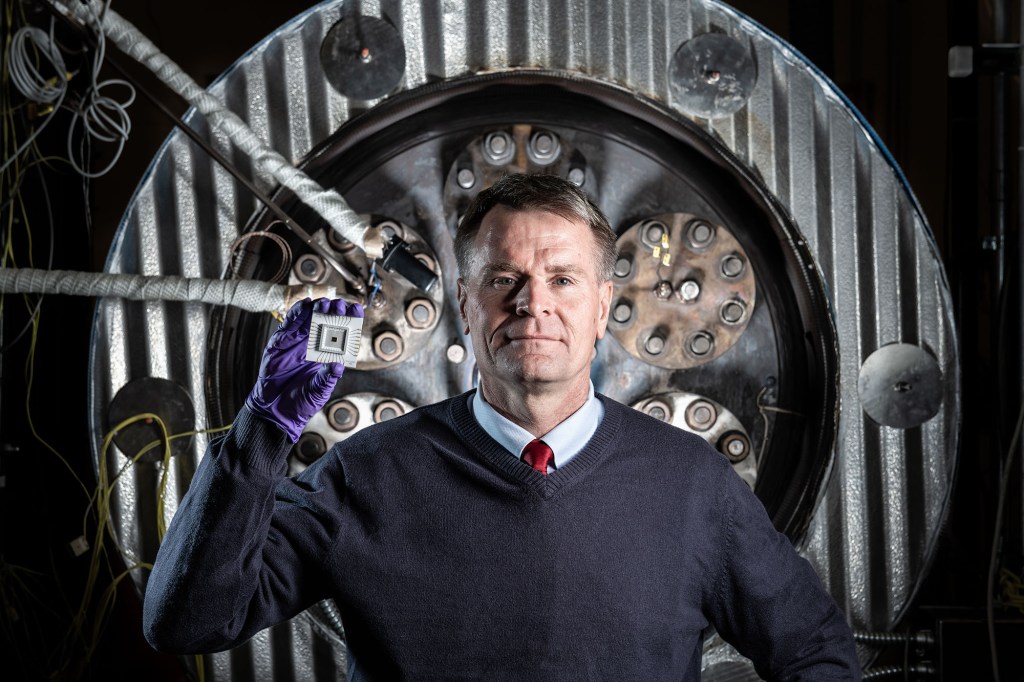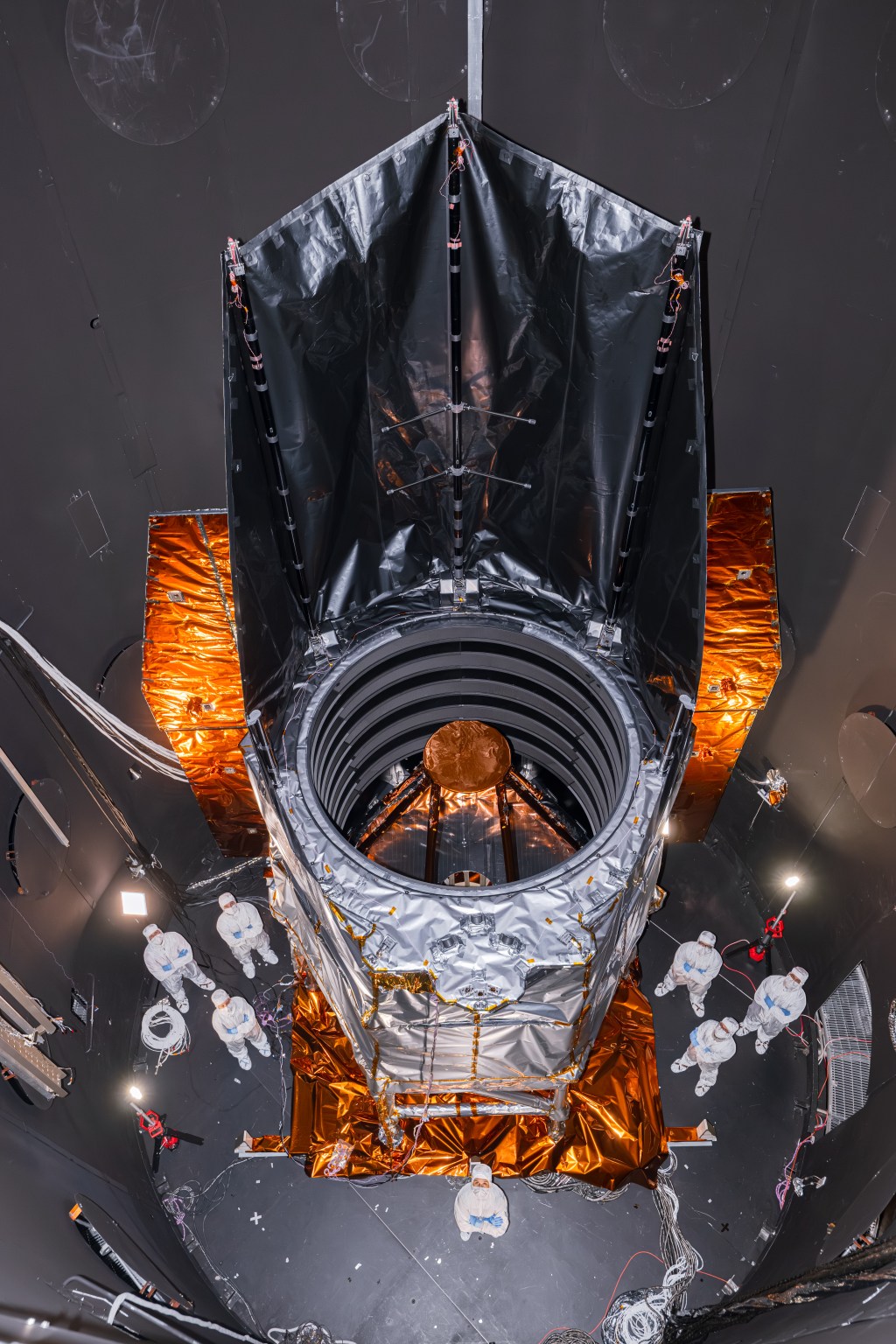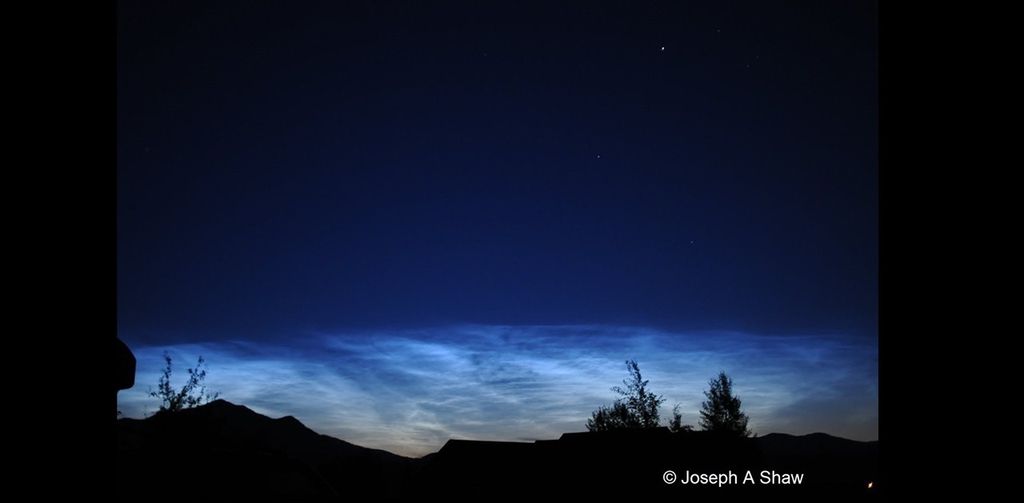1 min read
Star-Forming Nebula NGC 3603

The giant nebula NGC 3603 is a prominent star-forming region in the Carina spiral arm of our galaxy, about 20,000 light-years away. Discovered by Sir John Herschel in 1834, it is the largest nebula seen in visible light in the Milky Way. Within its core is nestled a stellar "jewel box" of thousands of sparkling young stars, one of the most massive young star clusters in the Milky Way Galaxy.
The cluster is surrounded by clouds of interstellar gas and dust — the raw material for new star formation. This environment is not as peaceful as it looks. Powerful ultraviolet radiation and fast winds from the bluest and hottest stars have blown an enormous cavity in the gas and dust enveloping the cluster. This bubble provides an unobstructed view of the cluster and reveals stages in the life cycle of stars.
Most of the stars in the cluster were born around the same time but differ in size, mass, temperature, and color. The course of a star's life is determined by its mass, so a cluster of a given age will contain stars in various stages of their lives, giving an opportunity for detailed analyses of stellar life cycles through these family snapshots in time.
NGC 3603 also contains some of the most massive stars known. These huge stars live fast and die young, burning through their hydrogen fuel quickly and ultimately ending their lives in supernova explosions.
The proximity of NGC 3603 makes it an excellent laboratory for understanding the origin of massive star formation in the early, distant universe. For example, Giacomo Beccari, of the European Space Agency, and his colleagues used Hubble to study the central stellar cluster's recent star-formation history. They established for the first time that star formation in and around the cluster has been occurring for at least 10 million to 20 million years, at an apparently increasing rate.
Loredana Spezzi, also of the European Space Agency, and her colleagues subsequently used Hubble to identify unusual objects in NGC 3603 that have the color and temperature of brown dwarfs but the intrinsic brightness of more massive stars. The authors have speculated on a number of causes for the excess brightness, including the possibility that the objects have merged with nearby Jupiter-sized planets.
Constellation: Carina
Distance: 20,000 light-years (6,100 parsecs)
Instrument: Wide Field Camera 3/UVIS and /IR
Image Filters: F128N (Paschen-beta), F164N ([Fe II]), F555W (V), F657N (H-alpha), F673N ([S II])
- Object NameObject NameA name or catalog number that astronomers use to identify an astronomical object.NGC 3603
- Release DateJuly 6, 2010
- CreditNASA, ESA, R. O'Connell (University of Virginia), F. Paresce (National Institute for Astrophysics, Bologna, Italy), E. Young (Universities Space Research Association/Ames Research Center), the WFC3 Science Oversight Committee, and the Hubble Heritage Team (STScI/AURA)
Share
Details
Claire Andreoli
NASA’s Goddard Space Flight Center
Greenbelt, Maryland
claire.andreoli@nasa.gov


